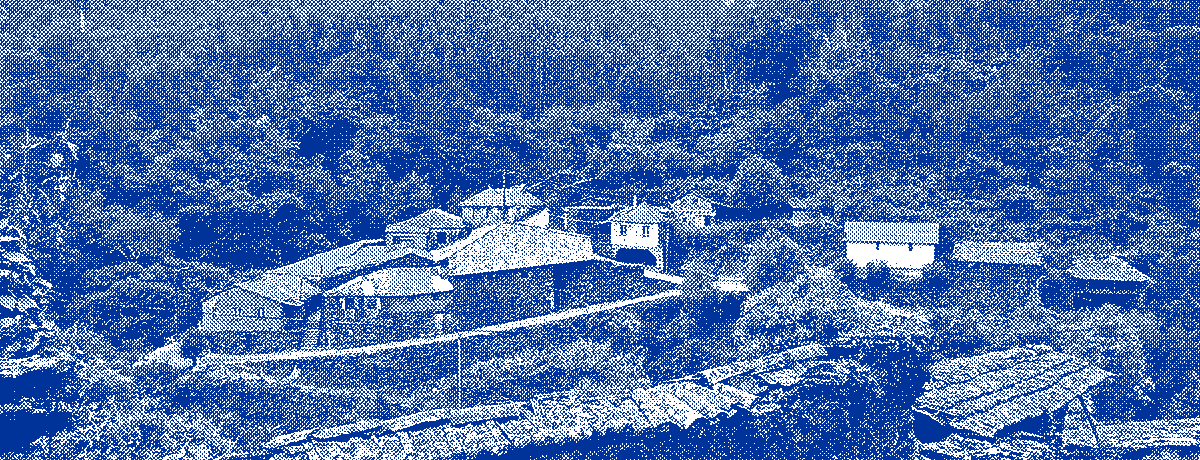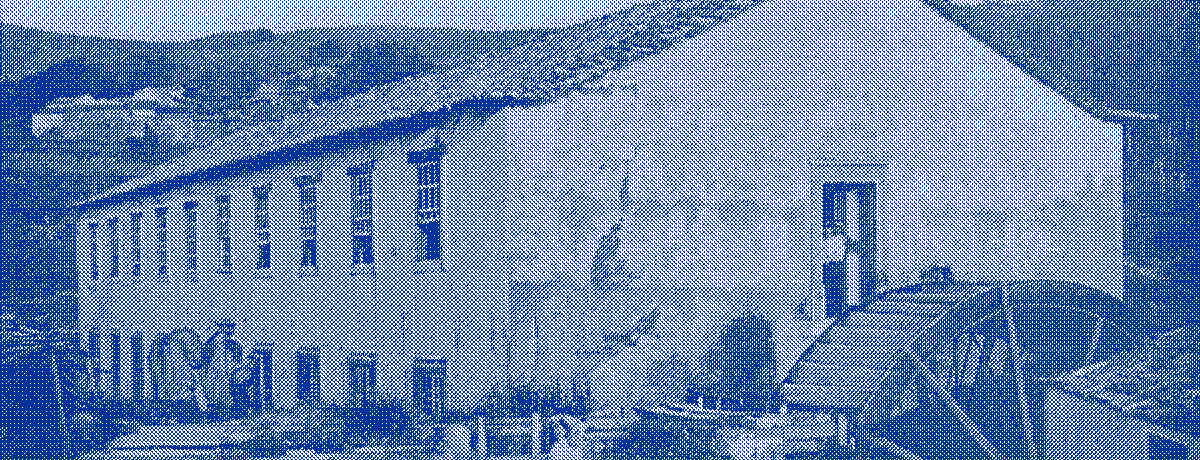Follow us!
Follow us!
The pilot site at Castanheira de Pera and Marruge in Portugal concerns a community energy. The aim is to install a hybrid renewable energy system and implement a software to manage the community’s energy needs. The system uses water from the small stream, solar energy captured on the surrounding slopes, and wind energy. Thanks to HY4RES project, the objective is to enable the supply of the needed energy from renewable sources to run the village of Castanheira de Pera.

In Castanheira de Pera, a part of an old factory, a weir, and a canal will be rehabilitated. In Marruge, an old mill, a weir, and a canal will be restored. There, an alternative with energy storage in batteries and through a pumping system will be evaluated. Each power-producing system will be complemented by a solar PV installation and a wind turbine.
A few factors led to the pilot site being set up at this location:

The HY4RES project will enable the weir and old mill to be converted into a hybrid renewable energy system. Using management software and combining multiple sources of RE will enable optimal production and use of energy to meet the community’s energy needs.
2 different localisations
2 different hybrid renewable energy systems implemented in 2 different sites (Castanheira de Pera and Marruge)
12 months
The system’s performance for each site will be monitored over a period of 12 months
10 kW
10 kW of hydropower expected at Castanheira de Pera
5 kW
5 kW of windpower production
10 kWp
10 kWp (peak power capacity) of solar PV
2.8 kW and 17,000 kWh
2.8 kW and 17,000 kWh of hydropower production expected at Marruge
5 kW and 2,200 kWh
5 kW and 2,200 kWh of windpower production
10 kWp and 14,000 kWh
10 kWp and 14,000 kWh of solar PV production
32,200 kW expected
Total production of 32,200 kWh expected per year
50kW
Battery storage with a capacity of 50 kWh will be installed
19,000 kWp per year
Energy community’s consumption estimated at 19,000 kWh per year
The development of hybrid renewable energy systems faces a number of challenges in the energy community sector.
First and foremost, public policies and energy regulations need to be taken into account in energy community projects. The complexity and lenght of the licensing processes can be an obstacle to their development.
From an economic perspective, the small number of energy community models operating with a hybrid renewable energy system is a challenge.The building costs are higher for renewable energy infrastructures compared to conventional sources of energy such as fossil fuel. Through testing, it is essential to demonstrate the sustainability and effectiveness of the solutions developed within HY4RES, to ensure its support. It is also important to share concrete associated benefits of hybrid systems with communities.
From a technical point of view, efficiently integrating various renewable energy sources such as solar, wind, and hydroelectric into a community network can be complex. Developing affordable and effective energy storage technologies to ensure a stable energy supply is an important aspect of HY4RES project.
While community energy is generally more sustainable than conventional energy sources, there may still be local environmental impacts to consider, such as the need for space for wind or hydroelectric infrastructure. Adapting community energy strategies to address the challenges of climate change, such as extreme weather events, is crucial for ensuring long-term resilience.
Addressing these challenges will require a holistic and collaborative approach involving local and national authorities, communities, businesses, and academic institutions.

The solar PV and wind installations will use market-available technologies. The electrical installation will be based on PV solar technology, comprising a controller/rectifier and a dump load in the case of wind and hydro energy, solar inverter, protection panel, and monitoring and control system.
The project will implement an optimized solution for each site and monitor the system’s performance over a period of 12 months. Data on production and consumption will be transmitted to the intelligent management software for future optimization of hybrid systems.
The technical solution for the hydroelectric system involves installing an innovative water wheel developed as part of this project. The cross-flow type wheel, optimized for low and ultra-low drops, will have advantages such as simplicity, low manufacturing, installation, and maintenance costs, clog resistance, and high turbine flow resulting in lower cost per installed kWh and higher production compared to other available technologies.

![]()
Castanheira de Pera municipality
Community organisations, local government, policy makers in the local government, energy and environment sectors
Sign up to our newsletter!